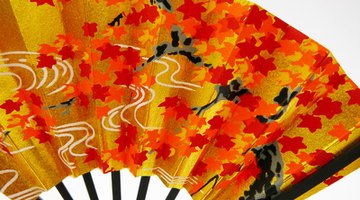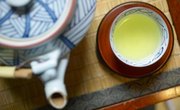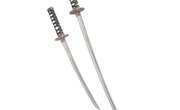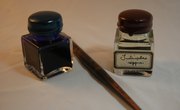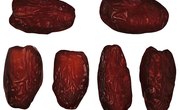There are three main types of Japanese fans. Most domestic fans are one of two forms--the uchiwa or the sensu--and have a variety of uses. Fans were also used during warfare in Japan. Though the term "fan" is often used to describe something used as a cooling implement, in Japan, fans are linked to social status, wealth, art and communication. For many years they were an essential item for every Japanese person, and today they remain popular as a cultural symbol or as decoration across the country and worldwide.
Uchiwa fan
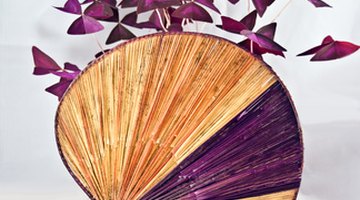
The uchiwa fan is classified as Japanese but is thought to have originated in China. It is flat and rigid, used as a hand fan or for decorative purposes. Traditionally, it is made of a circular frame made by slicing a bamboo stick into narrow splinters and splayed outwards. This then has silk or washi paper stretched over it and usually features beautiful and intricate designs. Nowadays, uchiwa fans are often handed out as marketing or advertising with slogans on each side instead of art. This is because they are the easiest form to mass produce.
Sensu fan
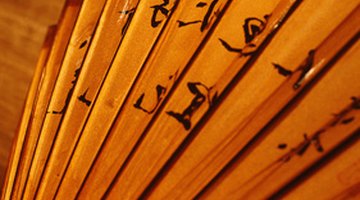
The sensu or ogi fan is widely considered to have originated in Japan. Sensu fans are folding fans, and many varieties of sensu have developed on this basic structure. They range from 18 to 20 cm for women and 23 to 24 cm for men. The design dates back to the Heian period (794 to1185). The orginal sensu fan consisted of a folding frame made from bamboo covered with Japanese washi paper. It could be fairly plain or carry beautiful designs.
One member of the sensu family is the Hi-ougi fan. Otherwise known as the court fan, it is mainly a symbol of status. It is made from slats of cypress wood bound together with stitches of silk. This fan developed from officials writing on strips of wood due to the scarcity of paper; they were originally more like a notebook than a fan. The Kawahori-sen is a similar fan, which developed from the Hi-ougi, but is made with paper instead.
Another sensu type is the Chasen. It is a small, portable folding fan used at tea ceremonies, where it remains closed. It is used as a sign of respect and is placed in front of the owner when making formal apologies, thanks or other important statements.
The Maiougi fan, a further type of sensu fan, is used in Japanese dance, with subtle differences in color and design for male and female participants.
War fans
Fans were traditionally used in warfare in Japan. They were used as both a signaling device and as a weapon.
Gunbai or Gumpai fans were used by high-ranking officers as a signal to troops or to deflect arrows. As large, open fans, they had a wooden core and were covered in metal.
Gunsen fans were used as a folding cooling implement, but unlike other cooling fans, often had their wooden frame and material covering replaced with metals to make it lightweight yet durable.
Tessen fans were also folding models but had heavy outer spokes made of iron, making them a covert weapon. This meant they could be taken into places where weapons were not permitted and could then be used as a defensive tool. A similar form of fan was also used by umpires in sumo wrestling matches.
Related Articles
References

